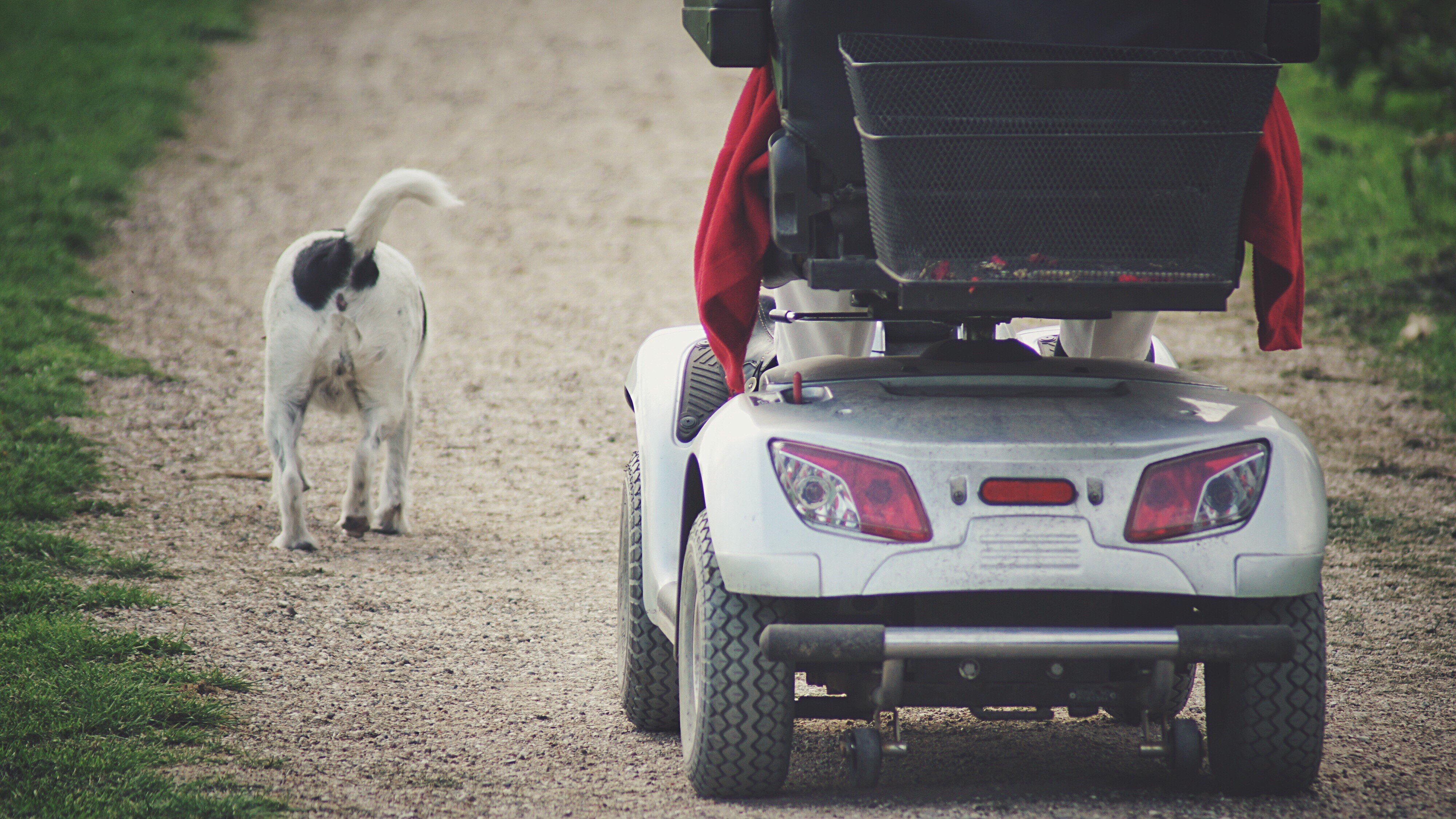The 3 Biggest Disasters In Mobility Scooter The Mobility Scooter's 3 Biggest Disasters In History
Mobility Scooters: A Comprehensive Guide
Mobility scooters have actually ended up being a necessary mode of transport for lots of individuals facing mobility challenges. This post checks out the various elements of mobility scooters, including their types, advantages, functions, and a guide for prospective purchasers.
Comprehending Mobility Scooters
Mobility scooters are electrically powered gadgets created for individuals with limited mobility. They offer a means of transport for people who might have difficulty walking but still desire to retain their self-reliance. They are available in numerous designs and features to deal with a large range of needs.
Types of Mobility Scooters
Mobility scooters can normally be categorized into three main types:
Type
Description
Best For
Compact Scooters
These are small and lightweight, ideal for inside and short trips.
Users with restricted storage space or those who travel often.
Mid-size Scooters
A balance between portability and stability, appropriate for both indoor and outside usage.
Those who need to cover a variety of terrains.
Heavy-duty Scooters
Large and robust, designed for rugged outdoor use and much heavier individuals.
Users needing additional weight capability or going off-road.
Secret Features of Mobility Scooters
The choice of mobility scooter often depends on the features that align with specific needs. Here are a few of the key features to consider:
Weight Capacity: Mobility scooters feature various weight limits. It is important to pick a scooter that can adequately support the user's weight.
Range: The distance a scooter can travel on a single charge differs. Depending upon user requirements, one may choose scooters with a series of approximately 40 miles.
Speed: Most mobility scooters can reach speeds between 4 to 8 miles per hour. Consider what speed is comfortable and safe for the desired environment.
Turning Radius: A compact turning radius is important for indoor use, permitting much easier navigation in tight spaces.
Battery Type: The kind of batteries utilized can impact the scooter's performance. Lead-acid and lithium-ion batteries are the most common.
Advantages of Using Mobility Scooters
The advantages of mobility scooters extend beyond just transport. Some crucial benefits consist of:
Independence: Users can navigate their environment without counting on caregivers, promoting self-reliance and self-esteem.
Health Benefits: Using a scooter can encourage outside activity, resulting in physical and psychological health enhancements by minimizing sensations of isolation.
Convenience: Scooters can quickly be operated in different environments, whether inside, in shopping center, or outdoors.
Essential Considerations When Buying a Mobility Scooter
When buying a mobility scooter, a number of considerations can help make sure that you pick the right model:
Assess Individual Needs:
- Mobility level: Consider just how much help the person will need.
- Series of usage: Determine where the scooter will mostly be utilized (indoors, outdoors, on rough terrains, etc).
Test Drive:
- Always test drive several models to find an ideal fit. Take note of convenience, ease of steering, and the scooter's responsiveness.
Evaluation Safety Features:
- Look for scooters with adequate security functions like lights, indications, and anti-tip styles.
Check Warranty and Service Options:
- A reputable service warranty and available service choices are crucial for long-lasting usage.
Frequently Asked Questions about Mobility Scooters
**1. How quick do click here for more go?Mobility scooters usually have speeds varying from 4 to 8 mph, with the majority of created for security instead of high-speed travel. 2. Exist weight constraints on mobility scooters?Yes, mobility
scooters include particular weight limitations, typically ranging from
250 lbs to over 500 pounds, depending upon the design. 3. Can mobility scooters be used indoors?Certain models, particularly compact scooters, are specifically developed for
**indoor use and are easier to steer in tight areas. 4. How often do the batteries need to be replaced?Battery life can differ based on usage, however typically, with correct care, batteries may last in between 1 to 3 years before requiring replacement
**. 5. Are mobility scooters covered by insurance?Coverage can differ, however some insurance coverage strategies, including Medicare and Medicaid, may cover part of the cost. It's suggested to contact individual insurance service providers. Mobility scooters serve as a
valuable tool for numerous people, allowing them to preserve
their freedom and self-reliance. By comprehending the different types and functions of mobility scooters, individuals can make educated decisions customized to their particular requirements.
Whether used for errands, interacting socially, or leisurely activities, mobility scooters can boost the lifestyle for those with mobility limitations. Purchasing a mobility scooter is a decision that can significantly affect a person's every day life. For that reason, people ought to carefully evaluate their options and pick a model that best lines up with their lifestyle and mobility requirements
.  ******
******